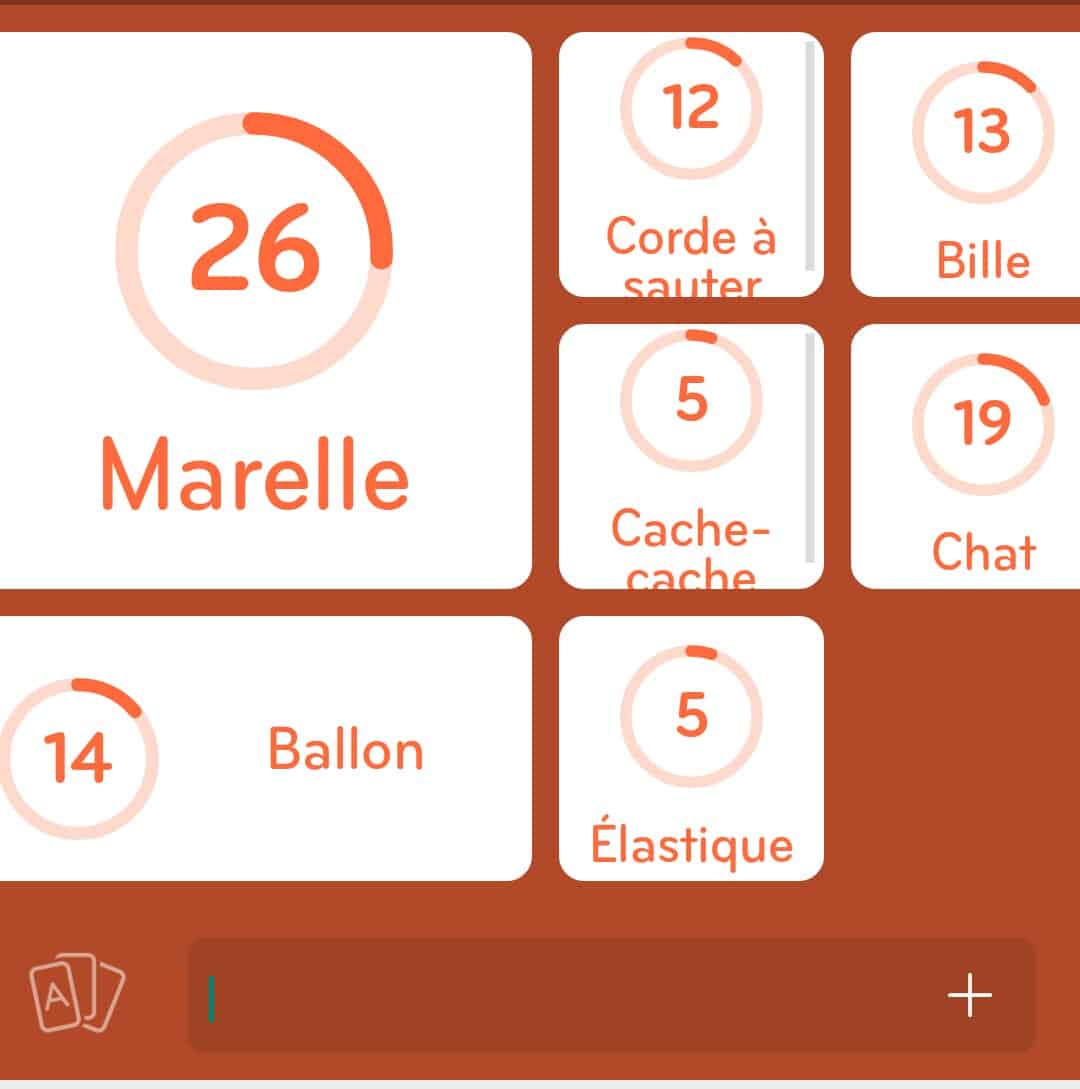The choice of materials when designing and constructing facilities affects several factors, such as the performance of the structure or building, its durability, and aesthetic value. Clinker has received this boost due to its unique characteristics; it is widely known for its appearance and durability.
Every individual intending to develop quality building designs chooses a unique clinker brick. This article will answer fundamental questions concerning this versatile material and consider clinker bricks’ characteristics, benefits, application, and history.
What is Clinker Brick?
Clinker bricks are produced from blazing clay at very high temperatures, resulting in a compact and rigid material. The fired bricks at a high temperature impart their appeal and exceptional quality to their dark colour; clinker-linker bricks can add more elegance to any tricolour. They may possess a glossy or half-gloss surface.
The Characteristics of Clinker Brick
Clinker bricks are distinct for several reasons:
Density and Hardness: Clinker bricks are considerably heavier and less porous than standard bricks, primarily due to heat curing. They are very durable to weather, wear, and other forms of damage.
Distinct Look: The fire process can also produce numerous shades and various surfaces, which can be creatively utilized within construction plans. Clinker bricks are now available in different colours, from deep red or brown to black or grey, and the surface may be rough or glossy.
Water Resistance: Because of their solid structure, clinker bricks yield less compression and absorption values than ordinary bricks. This characteristic is essential for use where the equipment is exposed to water or in a region with high rainfall frequency.
Low Maintenance: Clinker bricks are low-maintenance materials because they resist water and withstand time. In the long run, they are economical solutions because they do not require painting or sealing repeatedly.
Advantages of Clinker Brick Use
Clinker bricks, in particular, offer several advantages cited by many construction companies and archuse themes.
Visual Appeal
The unique and traditional design of clinker bricks makes them the perfect way to improve the look of any construction. Although contemporary interiors are most decorated with granite, it is noteworthy that both modern and traditional styles may incorporate these noble stones to create contrasting or unifying ornamentation.
Sturdiness
Clinker bricks are solid and relatively resistant to the effects of storms, significant loads, and other forms of stress. Further, clinker bricks do not chip or crack, so buildings made of them can last thousands of years and still be in bad shape at worst.
Efficiency of Energy
Moreover, the thermal mass of clinker bricks maintains the internal temperatures. They reduce reliance on mechanical systems such as heating and air conditioning by storing heat during the day and releasing it at night. This might decrease energy costs and enhance the residential area’s quality of life.
Resistance to Fire
Clinker bricks do not burn since they do not support combustion. This feature contributes to the general safety of the building, and this type of building is ideal, especially for areas most likely to experience fire outbreaks.
Sustainability
Even if you purchase from local manufacturers, clinker bricks may be manageable to the environment. Due to their durability, they take less energy and resources to repair and maintain, thus implying a lower adverse effect on the environment, which requires less energy to repair and maintain.
Applications of Clinker Brick in Architecture
Clinker brick can be used in various architectural applications, benefiting from this material’s unique qualities.
External and Facade Features
Nevertheless, clinker brick is rather invulnerable and fine-looking, often used for facades. Architecture often uses clinker bricks to achieve spectacular looks in newly built modern structures.
Hardscape along with the softscape
While clinker bricks are not limited to landscaping, this is their second most popular application. They are durable and provide a natural and classical look to the patio, retaining wall, and pathways.
Interior Design
The typical applications of clinker bricks include constructing exterior walls. Still, it must also be incorporated into interior parts of buildings by constructing fireplaces and coloured walls or pavings. These characteristics can easily give a home regarding colours and touch interior spaces warmth and character.
Commercial Structures
Clinker bricks have been used in many forms of construction, especially in the construction of unique buildings like hotels, restaurants, and offices. They should be installed in high-traffic areas because they have a long life and do not require much maintenance.
Restoration of History
Because clinker bricks belong to historical types of bricks, they are often used during the restoration of structures and help to make the external appearance of historic buildings more attractive. Mainly, they provide decent preservation of structural integrity and can fit right in with traditional aesthetics.
The History of Clinker Brick
Clinker brick was first introduced in the 1800s. It originated in Europe, particularly in countries with clay dep-deposit say, and the Old World loved it due to its durability and strength.
Early Uses
Clinker brick was utilized as a building material to construct early facilities like warehouses, commercial buildings, and even several houses. Because of its fire resistance, it was ideal for structures that required protection from fire and heat, especially in cities where such threats were rampant.
Popularity in the 20th Century
Clinker bricks began to be widely used in the early and mid-1900s and formed part of building and construction architectural trends such as Art Deco and Craftsman. They were often chosen by architects who wanted to design unique and durable objects because they had a distinctive look and felt very solid.
Contemporary Uses
Clinker bricks, now again favoured by architects and builders seeking lasting, sustainable construction materials, are such bricks. Due to its versatility, clinker brick will remain a leading choice for modern buildings for the years to come. It can be used to express creativity in housing and business construction.
Conclusion
Clinker bricks are popular with architects and builders since they are solid and possess aesthetic features. They are ideal for various uses because of their unique characteristics, such as high strength, water resistance, and low maintenance. Clinker brick can make any project a stunning piece of architecture when used in interiors, exterior design, or landscaping. A vibrant past and aesthetic appeal to clinker brick elevate it as a relevant architectural element, especially as sustainable construction materials remain a growing concept.
Read About: Jung Hoseok
FAQs About Clinker Brick
What is Clinker brick?
High-temperature firing produces clinker bricks, a robust and dense material prized for their low water absorption, distinctive colour changes, and longevity. It is frequently employed in interior and exterior architecture applications.
How do you make clinker brick?
Clay is formed into bricks and then burned in a kiln at temperatures higher than 1,000 degrees Celsius (1,832 degrees Fahrenheit) to create clinker bricks. This high-temperature firing method produces clinker bricks’ distinctive qualities and look.
What are the advantages of building with clinker brick?
Clinker brick has several advantages: it is aesthetically pleasing, long-lasting, minimally maintained, fireproof, and energy-efficient. These qualities make it appropriate for various architectural uses, including landscaping and facades.
Is it possible to utilize clinker brick for landscaping?
Indeed, clinker brick is frequently used for patios, retaining walls, and pathways in landscaping. It is a desirable choice for outdoor applications because of its robustness and distinctive design.
Is clinker brick safe for the environment?
Clinker brick can be regarded as environmentally benign because of its longevity and low care needs, which minimize the need for regular replacements. Additionally, when locally supplied, it promotes building sustainability.
Audience Question
Why Choose Clinker Brick Over Traditional Bricks in Construction?
Clinker brick is an exceptional choice for building durable and visually appealing structures. Unlike traditional bricks, clinker bricks undergo a unique high-temperature firing process, giving them superior density, hardness, and water resistance. They’re ideal for projects requiring longevity, minimal maintenance, and a distinctive aesthetic that can enhance modern and historic buildings. Are you wondering if clinker brick could be suitable for your next project? Discover its benefits over conventional options and see why many architects and builders are switching.
User Feedback
Clinker bricks add a unique style to my building projects and have saved me on maintenance costs over time. I highly recommend them to anyone seeking a long-lasting, eco-friendly building material that looks fantastic.






2 thoughts on “Clinker Brick: Durable, Stylish Choice for Modern Architecture”